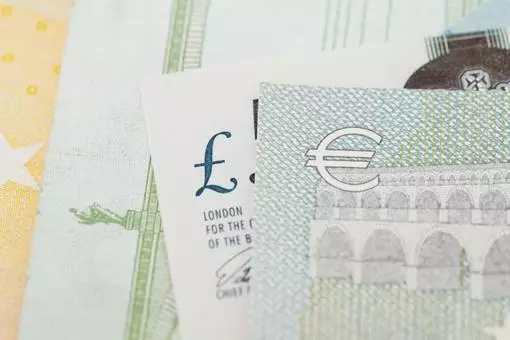Tube strike: the business impact
- 1st May 2014
- Business & Economy

Tube strikes have meant many Londoners having to go overground this week. How were businesses affected?
The second 48-hour strike this year has taken its toll on London’s commuters this week, but many businesses have also complained about the potential losses involved.
After the walk-out started at 20:30 BST on Monday (April 28th), the Tube network was reduced to limited services, with two lines not running at all. Extra buses and boat services were deployed to make the most of the capital’s roads and waterways.
Only one union, the National Union of Rail, Maritime and Transport Workers (RMT), participated in the strike, which was planned as a protest against modernising reforms that will see job cuts and ticket office closures. Three other trade bodies have already accepted a deal that will see no forced redundancies as a result of the incoming reforms. As a result, the number of staff missing from the network was smaller than it has been during previous action.
But with three million people using the service every day to get to work, it is hard to imagine a scenario in which the disruption has not affected the city’s businesses. Between staff struggling to get to work on time and customers being put off making unnecessary journeys, it is likely that many have faced financial loss or struggled due to staff shortages. According to the Federation of Small Businesses (FSB), two days of strikes in February cost small firms as much as £600 million.
“Our results show that our members, and especially those where staff and customers rely on the tube, will be hit hard,”said John Allan, FSB national chairman. “The strikes are particularly unwelcome at this time as the latest GDP figures show the UK economy is finally firmly back on track.”
“The renewed programme of Tube strikes will prove disruptive for the millions of ordinary people who rely on the Tube to get to work, and for their employers who will have to manage the fallout on the shop floor,” said Simon Walker, director general of the Institute of Directors.
That said, it does seem that most Londoners have managed to negotiate their way around the city. More than half of Tube services were still running with 80 per cent of stations open. And commuters did make use of alternatives – overall, Transport for London said that around 90 per cent of the usual number of Oyster cards were used on the network overall. With another three days of action around the corner, the full economic impact remains to be seen.
Did the tube strike affect your business? Comment below and let us know how.
Top image credits: CGP Grey, some rights reserved
Other News
What Role Does Motivation Play in Managing an Organisation?
What role does motivation play in managing an organisation? Motivation is one of the major factors for driving success. If…
The impact of the Brexit deal on the accountancy sector
After months of uncertainty and political wrangling, a Brexit deal was finally announced on Christmas Eve 2020. The deal includes…
5 Essential elements of a winning business development plan
The first step to building or expanding a business is creating a concrete business development plan. Entrepreneurs will find plenty…



